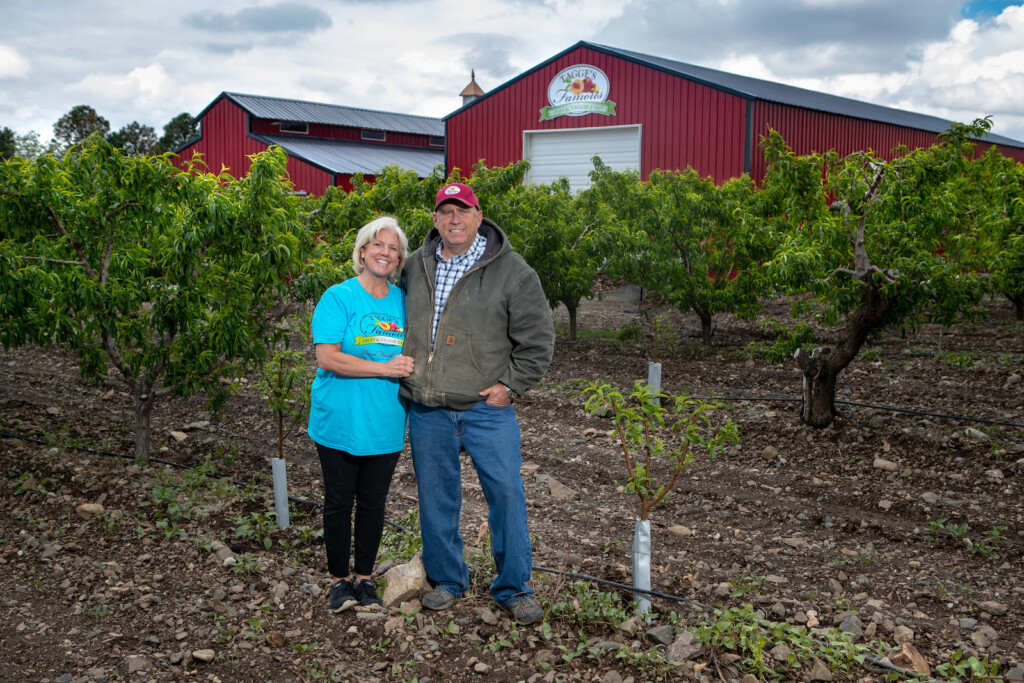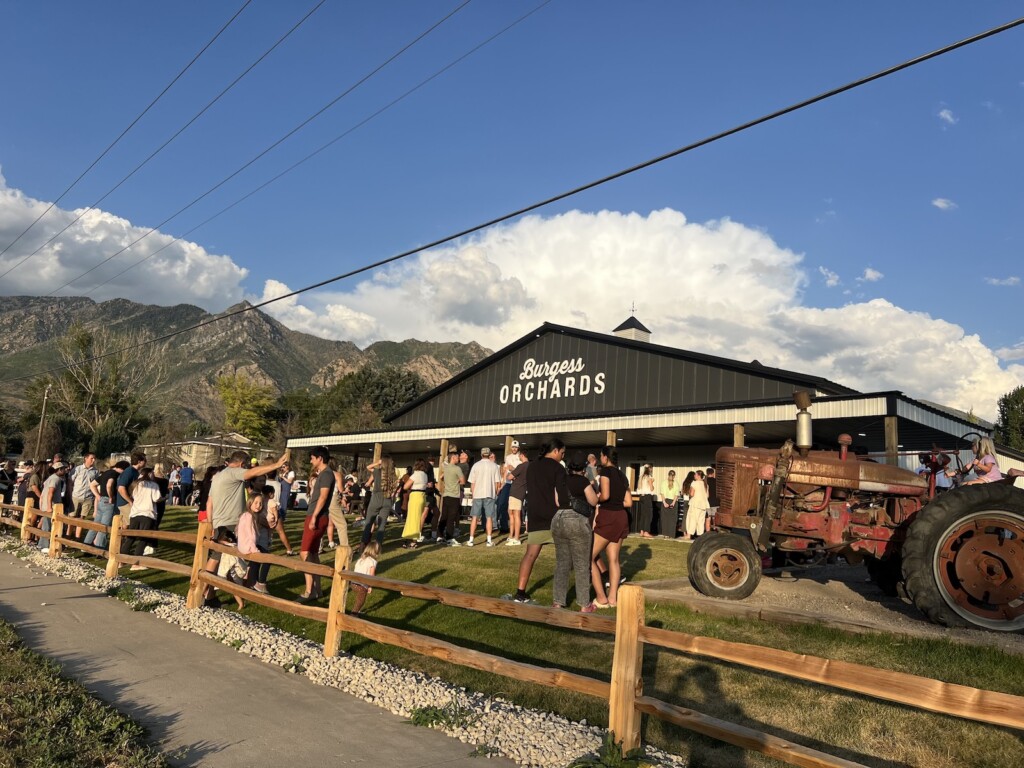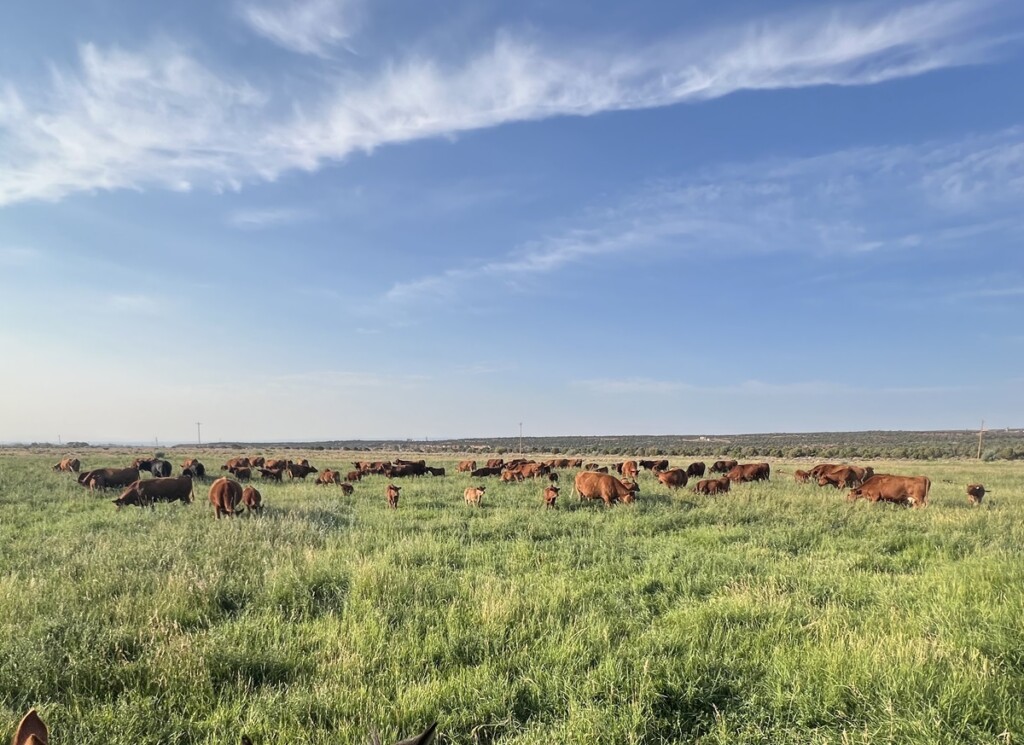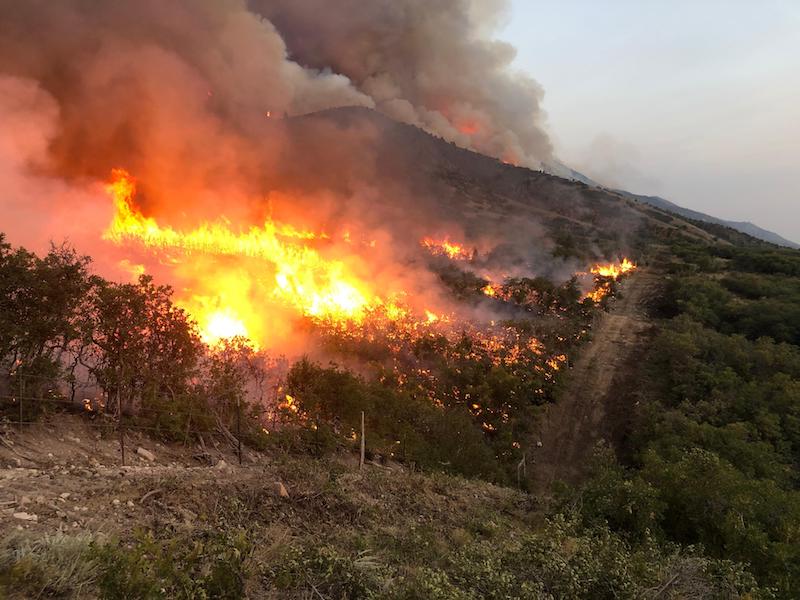
While skies appeared thick with smoke this past summer, and images of flaming landscapes were featured on newscasts, there were not a record number of wildfires last year.
When Utah wildfire officials closed the books on the 2020 season that ran from June 1 to November 30, they counted 1,547 total fires that burned 336,364 acres in the state and cost an estimated $60 million to fight. The state will foot about $25 million of that bill.
“That is not a record, but what stood out were the number of human-caused fires we had this year,” said Kait Webb, of the Utah Division of Forestry, Fires and State Lands.
“We had 1,202 human-caused fires this year, and that was about 78 percent. Typically, we are at about 60 percent human-caused and that also means that nearly all those fires were preventable.”
Webb, along with Chris Delaney, his counterpart at the Bureau of Land Management in Utah, said there are a number of factors contributing to the high numbers. “We had a very long fire season this year that started with a dry, hot spring,” said Webb. “We also had a wet previous year. Lots of vegetation grew and had dried out by this year.”
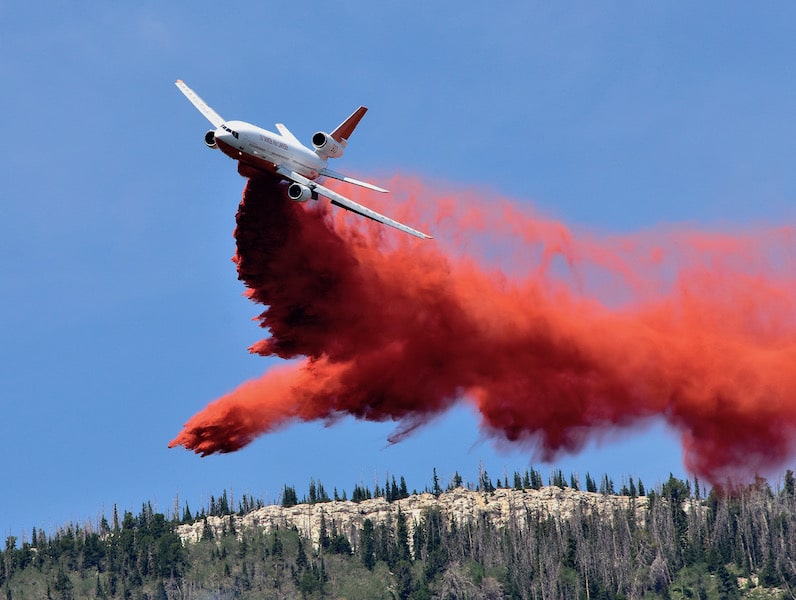
Delaney noted there were record numbers of visitors to state and BLM lands during the past summer, possibly due to other venues being closed due to the COVID-19 virus.
Webb pointed out that smoldering, unattended campfires left by careless campers is not the usual cause of wildfires in recreation areas.
“Tire blowouts, trailer chains dragging on the road, burning trash in a bonfire or barrel, parking on dry grass, and lawnmowers cause the majority of the starts,” said Webb, adding that unusually high winds contributed to fires spreading and doing more damage as well.
Delaney said some recent work by BLM crews on fire prevention seemed to be paying off during the past fire season. In past years, Delaney said, the BLM in Utah has “treated” over a million acres of the 23 million acres it manages in Utah. Those treatments include thinning forests, removing dead trees, clearing grasses and brush, replanting, reseeding and creating “green belts” that can prevent a fire from spreading.
“We had 31 areas where fires intersected with areas we treated in past years, and found at every intersect that the fires were stopped or slowed,” he said. “In the coming year we have plans to treat another 111,000 acres.”

Delaney said that with so many human-caused blazes this year, fire extinguishing tools should be included along with that picnic basket, on your off-road vehicle or backpack.
“You should at least have a shovel with you if not a fire extinguisher. Have something that could help you put out a fire if one starts accidentally,” he emphasized.
Webb said it is difficult to predict what the next fire season will bring, as much depends on snowfall this winter. Both state and federal agencies are beginning to recruit firefighters for next season, and those interested can visit their website.



